Samsung Galaxy S10 vs. Galaxy S10+: Which should you buy?
Here's how to pick the right option in the Galaxy S10 portfolio.
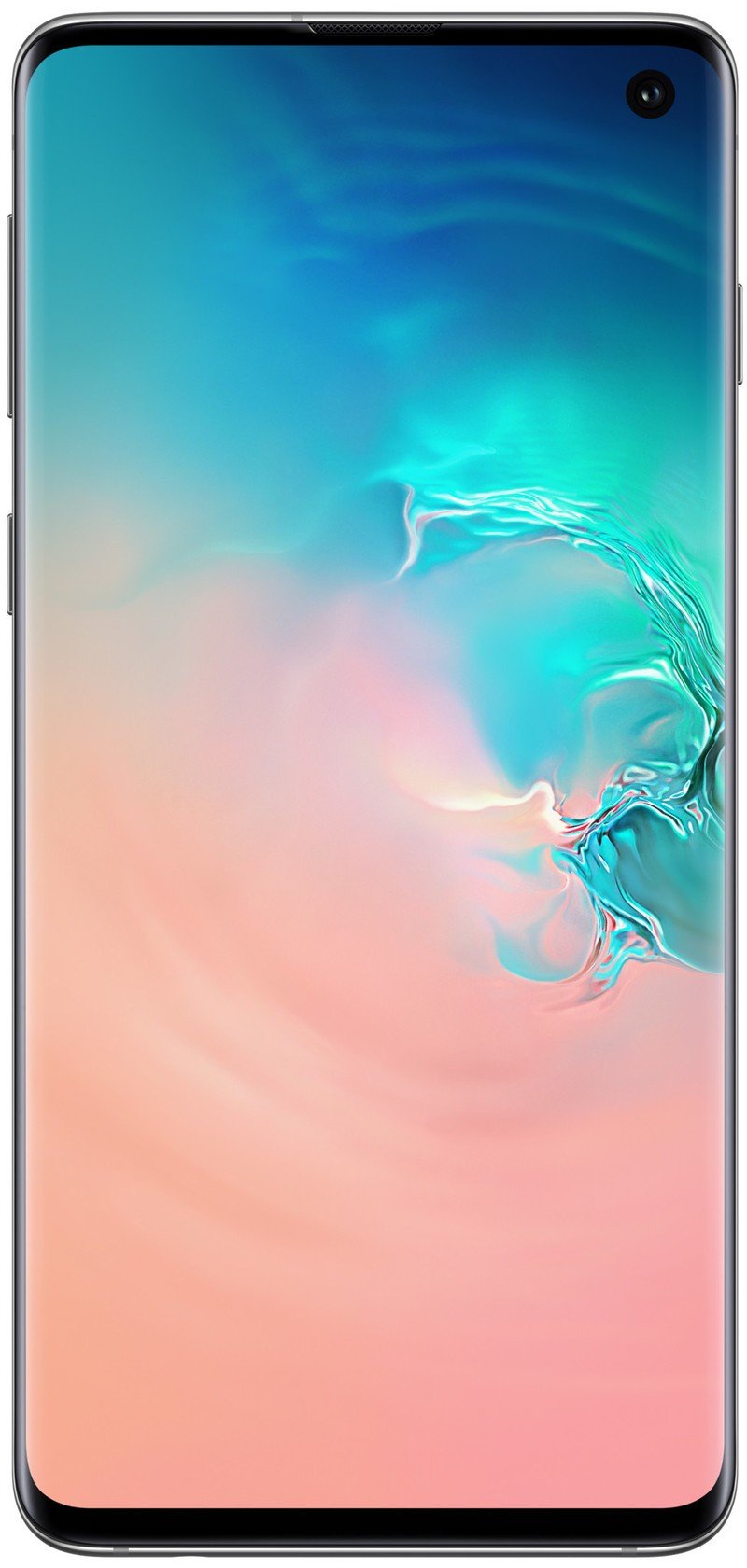
Mainstream choice
The "standard" Galaxy S and the plus model are closer together than ever. If you're at all price-conscious, the Galaxy S10 is a great choice because it offers nearly the same experience as the S10+ for less. You just miss out on a little bit of screen real estate and battery, but not much else.
For
- Reasonable size most people can handle easily
- Same hardware as S10+ for less money
- Good value
Against
- Smaller battery
- No 1TB storage or ceramic back option
- Single front-facing camera
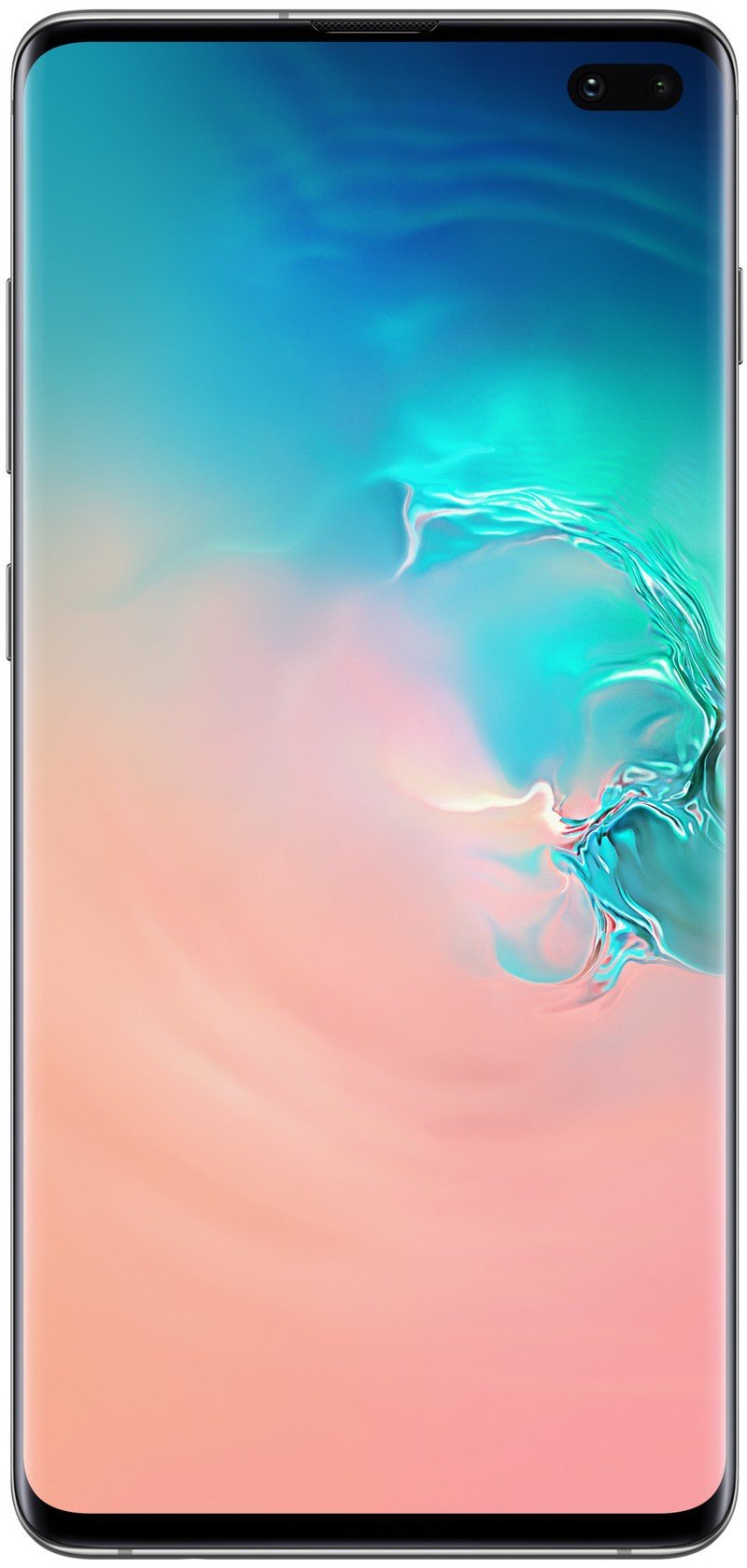
Upgrade pick
You get more of a great thing with the Galaxy S10+. It may not perform any differently at normal tasks, but the bigger screen gives you more room for work or play, and the larger battery is undoubtedly its best feature. Plus, you can get an exclusive ceramic back — you just have to pay for it.
For
- Bigger screen
- Larger battery
- Secondary selfie camera for portrait shots
- Available with up to 1TB storage and ceramic back
Against
- A bit unwieldy for people with smaller hands
- Costlier
With the introduction of the lower-end Galaxy S10e, Samsung has consolidated the Galaxy S10 and S10+ to be extremely similar phones with few differences between them but price and size. Here's what you need to know to choose the right one for you.
Samsung Galaxy S10 vs. Galaxy S10+ Price and availability
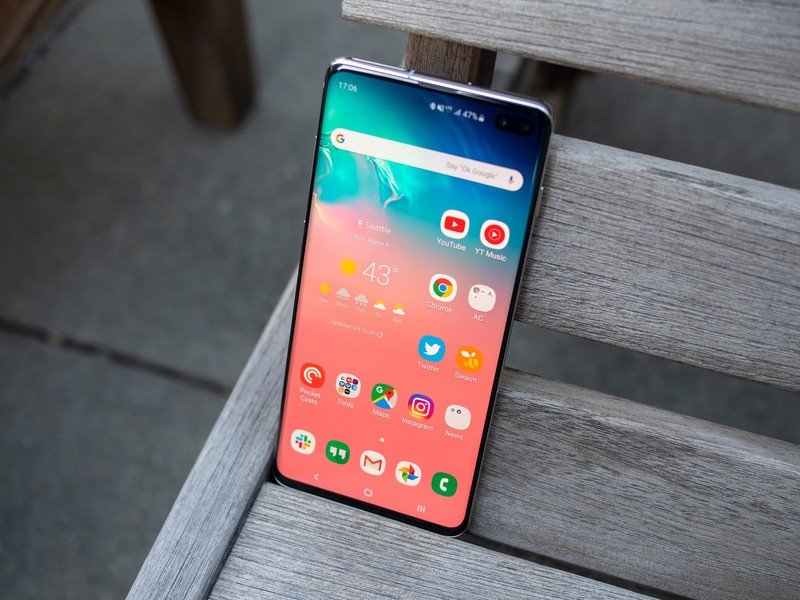
The Galaxy S10 and S10+ were first released back in March 2019, meaning they're no longer the latest and greatest phones that Samsung has to offer. Those titles now belong to the Galaxy S22 Ultra and Z Fold 4, which are better choices if you'd rather have a more modern Galaxy handset.
If you're OK buying an older phone, the S10 and S10+ have both become considerably cheaper compared to their original $900 and $1,000 retail prices, respectively. The S10 now retails for $399 while the S10+ costs $419, but it's not uncommon to find them selling for even less.
You can also still purchase both phones very easily at major retailers, though the Galaxy S22 series is already out.
Samsung Galaxy S10 vs. Galaxy S10+ What are the major differences?
The vast majority of your daily smartphone experience will be identical on the Galaxy S10 and S10+, so we're going to focus on the handful of things that differentiate the two.
The Galaxy S10+ offers a little bit more screen and a considerable amount more battery.
The biggest driver of your decision to pick one over the other is the size, and what that extra size means for the usable screen and battery life. The Galaxy S10 has a 6.1-inch display, while the S10+ bumps up to a 6.4-inch display — they're the same quality and resolution, but having more of the same thing is generally positive for most people. More screen means less scrolling and content that's a bit easier to see. For people with vision issues, the larger screen also offers an even better opportunity to use a screen zoom without losing quite as much content.
But a larger screen means a larger overall phone. Because the phones use a very tall 19:9 aspect ratio, most of that extra size comes in height. The Galaxy S10+ is about 8mm taller and 3.5mm wider than the S10 — that's about 5% larger in each direction. It may not seem like much, but the Galaxy S10+ is pretty large, and if you have trouble handling larger phones, you may be better off with the smaller phone.
Be an expert in 5 minutes
Get the latest news from Android Central, your trusted companion in the world of Android
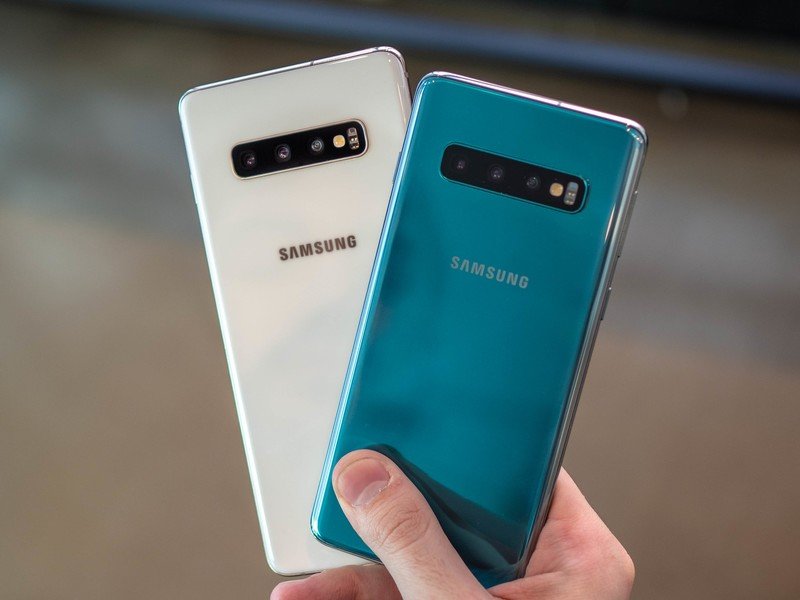
The extra space lets Samsung get the additional battery in the Galaxy S10+, up to 4100mAh compared to the S10's 3400mAh. A 20% bump in battery capacity, with the same basic capabilities and specs inside, can directly translate to about a 20% increase in battery longevity. This is likely the biggest deciding factor for most people, especially if they tend to be hard on phone batteries. Dealing with a larger phone may be worth it if it means you don't have to worry about charging as often.
| Category | Galaxy S10 | Galaxy S10+ |
|---|---|---|
| Operating system | Android 10One UI 2 | Android 10One UI 2 |
| Display | 6.1-inch AMOLED, 3040x1440 (19:9) | 6.4-inch AMOLED, 3040x1440 (19:9) |
| Processor | Snapdragon 855or Samsung Exynos 9820 | Snapdragon 855or Samsung Exynos 9820 |
| Storage | 128/512GB | 128GB/512GB/1TB |
| Expandable | microSD | microSD |
| RAM | 8GB | 8/12GB |
| Primary rear camera | 12MP Super Speed Dual Pixel, OIS, f/1.5 or f/2.4 | 12MP Super Speed Dual Pixel, OIS, f/1.5 or f/2.4 |
| Telephoto rear camera | 12MP, OIS, f/2.4 | 12MP, OIS, f/2.4 |
| Ultrawide rear camera | 16MP, f/2.2 | 16MP, f/2.2 |
| ToF rear camera | No | No |
| Front camera | 10MP, f/1.9, Dual Pixel AF | 10MP, f/1.9, Dual Pixel AF |
| Secondary front camera | n/a | 8MP, f/2.2, AF |
| Connectivity | Wi-Fi 6, 2Gbps (Cat20) LTE, Bluetooth 5.0 LE | Wi-Fi 6, 2Gbps (Cat20) LTE, Bluetooth 5.0 LE |
| Audio | Stereo speakersDolby Atmos3.5mm headphone | Stereo speakersDolby Atmos3.5mm headphone |
| Battery | 3400mAh | 4100mAh |
| Charging | Quick Charge 2.0 (15W)Fast Wireless Charging 2.0 (12W) | Quick Charge 2.0 (15W)Fast Wireless Charging 2.0 (12W) |
| Water-resistance | IP68 | IP68 |
| Security | Ultrasonic fingerprint sensorFace recognition | Ultrasonic fingerprint sensorFace recognition |
| Dimensions | 149.9 x 70.4 x 7.8mm157 g | 157.6 x 74.1 x 7.4mm175 g(Ceramic: 198 g) |
The only other functional difference between the phones is the Galaxy S10+'s secondary front-facing camera. Now this "camera" isn't used for actual photos, but rather is a dedicated camera for capturing depth information to improve selfies and provide neat portrait mode effects. With the second camera, you can accurately determine the depth of frames and apply some (admittedly gimmicky) effects. This isn't likely to be much of a consideration, especially when considering the main selfie camera on both phones is the same — and it's quite good, at that.
Both phones are well equipped by default, but the Galaxy S10+ has higher max storage and RAM choices.
Both phones come standard with the same 8GB of RAM and 128GB of storage, which is a healthy amount that most people will be happy with. However, for the true power users that never want to be stuck with storage issues, the Galaxy S10+ has an over-the-top option for 1TB of storage — and it happens to have 12GB of RAM as well. Those are both absurd numbers that don't apply to most smartphone users, but if you know that you need it, the Galaxy S10+ is the only place to go for it.
On the more superficial side, the Galaxy S10+ also has two exclusive models that have a ceramic back instead of glass. The ceramic comes in black or white (different shades than the glass models) and is only available when buying one of the high storage versions. The ceramic looks neat and is undoubtedly tougher than the glass model, but it's tough to say that it's worth the extra money when the base models are so well equipped. Nonetheless, you can't get the smaller Galaxy S10 and the ceramic back together.
Samsung Galaxy S10 vs. Galaxy S10+ Which should you buy?
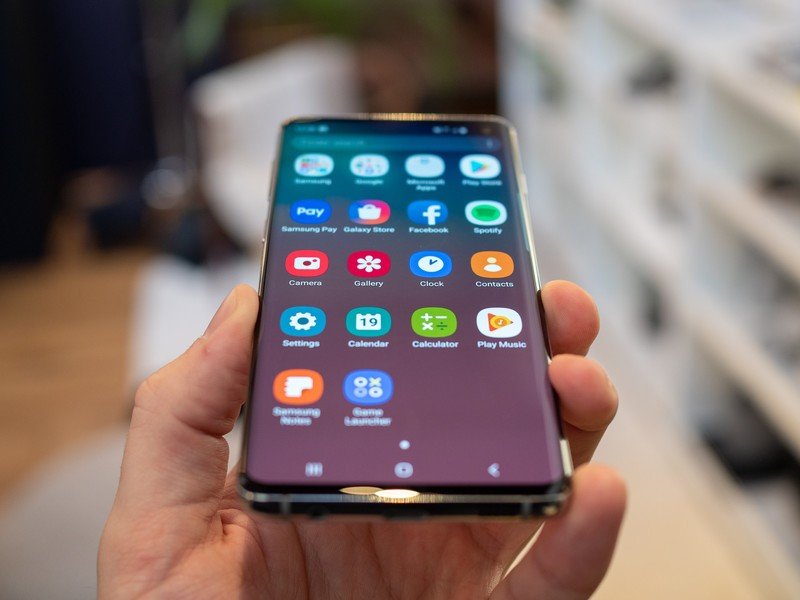
At launch, the Galaxy S10 was the preferred choice for most people because it was less expensive. Now that the Galaxy S10+ is a whole lot cheaper, it is definitely the better option. For almost the same money, you're getting nearly the same phone, sans a couple of fringe features, along with higher optional storage and RAM choices.
The Galaxy S10+ offers just a little bit more: a bigger screen, bigger battery, and a higher storage option. Sure those features aren't necessary, but it doesn't hurt to have it all at the cost of a few extra bucks. If you're a power user who needs to have it all, the Galaxy S10+ is a great buy.

Mainstream choice
The Galaxy S10 has just about anything you could ask for in a phone. It strikes a great balance of size and capabilities and is effectively the same as the Galaxy S10+ but is a tad bit cheaper.

Upgrade pick
You get more of the things that matter with the Galaxy S10+: more screen, more battery, another front camera, and (optionally) more storage. With the drop in prices, the privilege of getting a little more of everything has dropped a lot, so why not go for it?
Andrew was an Executive Editor, U.S. at Android Central between 2012 and 2020.

